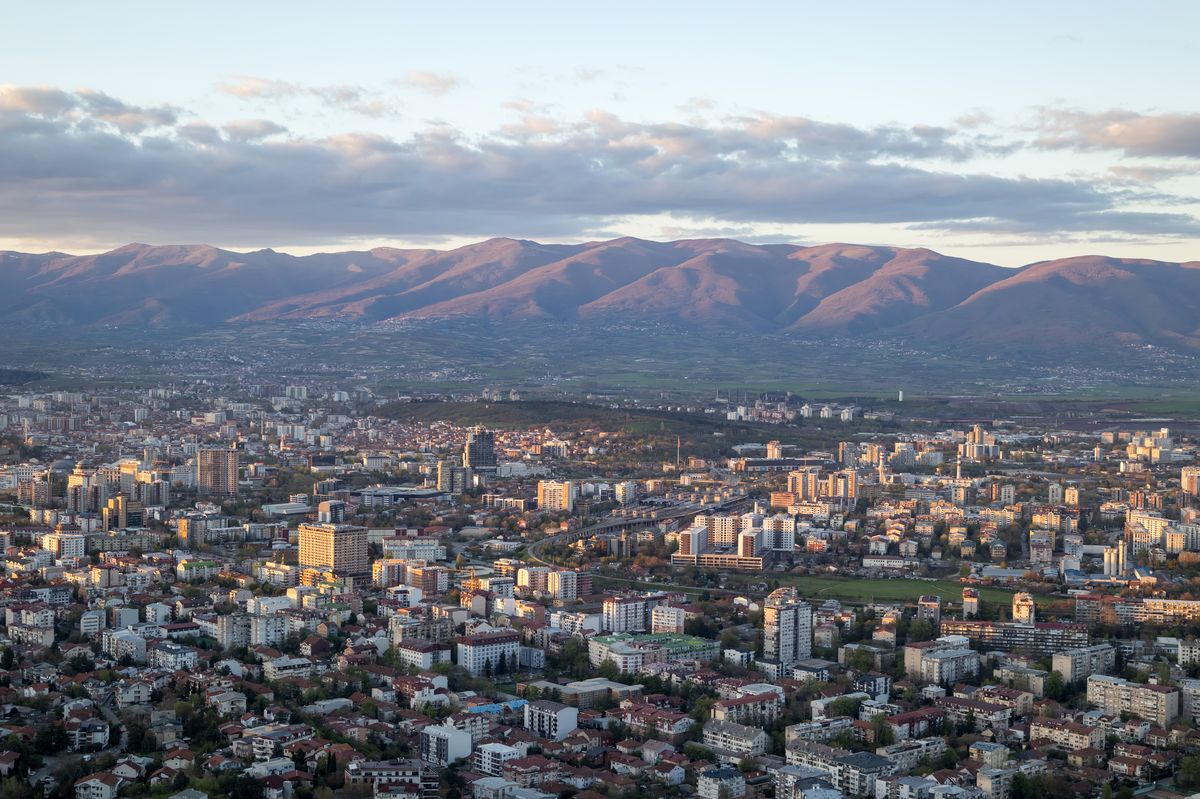The city was voted the ‘best place to live’ by Forbes in 2022. With affordable food and drink, stunning architecture and beautiful beaches, it is easy to see why
Wizz Air has just announced a new route to a city named the best in the world to live in.
The Hungarian budget airline will run a new flight service offering daily direct flights from London Gatwick to Valencia in Spain. This route will launch on 29 March 2026 and fares will be available from £40 for a return journey.
Valencia will be one of the main European urban enclaves from which a total solar eclipse can be observed on 12 August 2026. The unique astronomical phenomenon that will not occur again in the Iberian Peninsula until 2090. Although it will still be daylight, at around 8:32 pm the city will be plunged into total darkness for just over a minute. Open spaces facing west are expected to be the best observation points, this is sure to be an unmissable event for astronomy lovers.
The stunning Spanish city was crowned the best place to live in 2022. It is the perfect getaway this March, when the Wizz Air route launches. At that time of the year it boasts balmy 20C temperatures and delivers £4 vino. The beauty of many Spanish cities, including this one, lies in their walkability. Within a small area, you can explore food markets, marvel at ancient architecture, and relax on the beach with a refreshing sangria
.
READ MORE: Free UK attraction for kids crowned best in Europe after 3-year makeoverREAD MORE: Majorca’s new tourist rules including beach games ban – what you need to know
Considering an average meal costs €13.25 (£11.09), a bottle of wine is about €5 (£4.18), and your morning coffee comes in at just € 2.04 (£1.71), according to transfer platform Wise, it’s no wonder Valencia was named the top place to live by Forbes. A must-visit spot is the old town, where you can witness a significant piece of Christian history at the Valencia Cathedral – home to the Holy Grail – which archaeological studies suggest could be the chalice used by Jesus in the Last Supper.
The magnificent Cathedral is a blend of Gothic, Romanesque and Baroque styles, and if you’re feeling adventurous, ascend the Miguelete Tower for a breathtaking panoramic view of the city. Just a stone’s throw away, you’ll discover the UNESCO World Heritage Site of the Silk Exchange (La Lonja de la Seda), the epicentre of Valencia’s thriving silk trade in the 15th century.
This building is a true gem of Gothic architecture, featuring grand columns, detailed stonework and a spectacular ceiling that’s worth straining your neck to see. A true outdoor city, Valencia sees locals enjoying their coffee on sun-drenched plazas in authentic Mediterranean fashion. Don’t miss a stroll through the stunning Turia Gardens, once a riverbed and now one of Spain’s largest urban parks.
Valencia also proudly presents 20km of blue-flag beaches, home to some of the finest Paella restaurants. The only decision you’ll need to make is whether to amble over to nearby Cabanyal or Malvarrosa, or pedal further afield to beaches like El Saler.
If, surprisingly, paella isn’t your cup of tea, the Central Market offers a vast array of fresh produce, including tapas, the juiciest olives you’ll ever savour, and fresh seafood.



